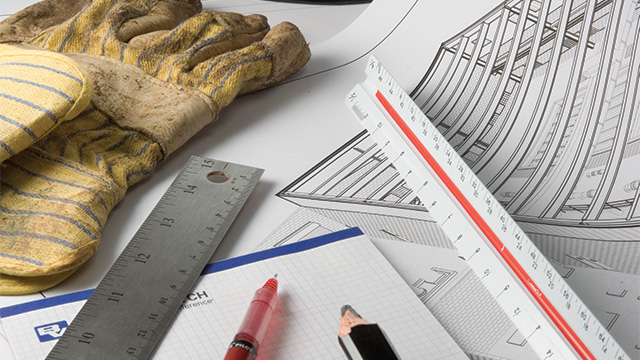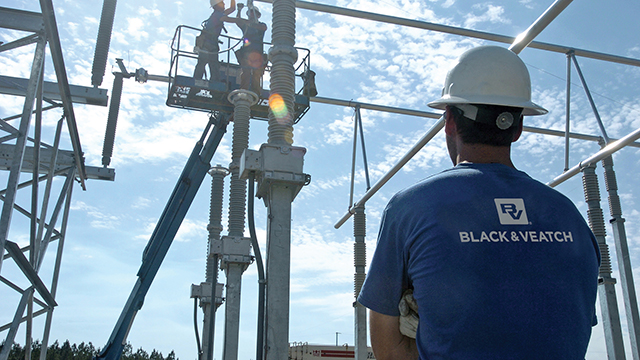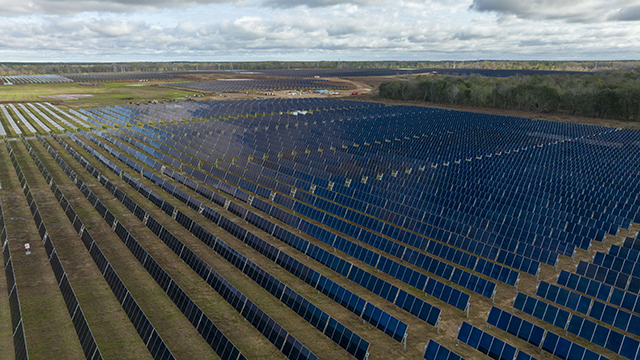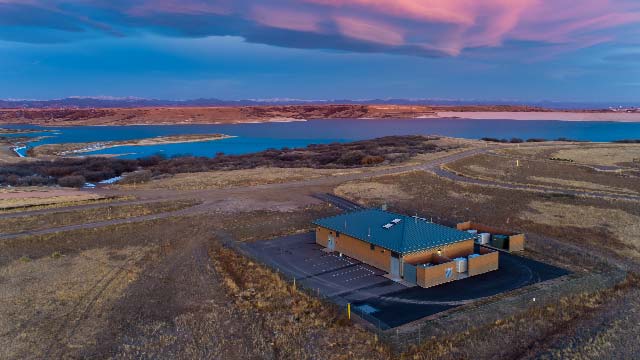A Guide for Net-Zero Companies
Companies are setting environmental, social, and governance (ESG) goals to actively protect the environment and mitigate climate change impacts. Through green development and retrofits, developers can divest from carbon-heavy assets that will likely depreciate as the globe transitions to net-zero and instead focus on in-demand green-certified structures. The combined dynamic of advanced technology evolution, low green building stock, climate change, and the drive to decarbonize Commercial and Industrial (C&I) processes is priming the real estate market for an upsurge in sustainable development. With thoughtful design, developers will net strong gains from their green buildings.
Green buildings leverage the natural environment and engineering to use clean versions of essential functions, such as water reuse, renewable energy, and zero-emission transportation. Developers who implement green building practices lower the impact of their buildings on the surrounding community and align with ecology and climate.
Sustainable operations are intentional and best deployed when comprehensively planned for maximum cost-efficiency and system integration. In order for developers to stay ahead of the net-zero curve, it’s imperative to plan and design sustainable water, energy, and transportation systems optimized using digital data and processes.
Zero-Emission Transportation:
Investors and developers who include charging infrastructure and the electric power needed to support charging will stay ahead of electric vehicle (EV) adoption and charging demands. They will also net valuable cost efficiencies, such as optimized onsite energy.
Integrated Water/Reuse:
When industries and businesses curb their water use, they protect community water supplies. Facility owners and developers can make process changes to use stormwater and wastewater without significant capital investment.
Resilient, Decarbonized Energy:
Reliable, resilient energy is a priority for commercial entities—if systems go down, they lose revenue. Some tenants require always-on energy systems dictated by the nature of their services, such as data centers, research facilities, and retail buildings that double as emergency shelters.
Communications and Digital Technologies:
Developers who establish communications capabilities will not only attract more tenants, but also open pathways to additional revenue; with more services, developers can also implement service charges. Real estate developers should consider building operation automation, smart sensors and data analytics, private networks and building information modeling and digital twin technologies as they design or retrofit their buildings.
According to the U.S. Green Building Council, only 21% of the current building stock is green, opening the door for real estate investors, developers and building owners. Green buildings include EV charging stations, integrated water/reuse systems, decarbonized energy such as solar, and digital technologies.








